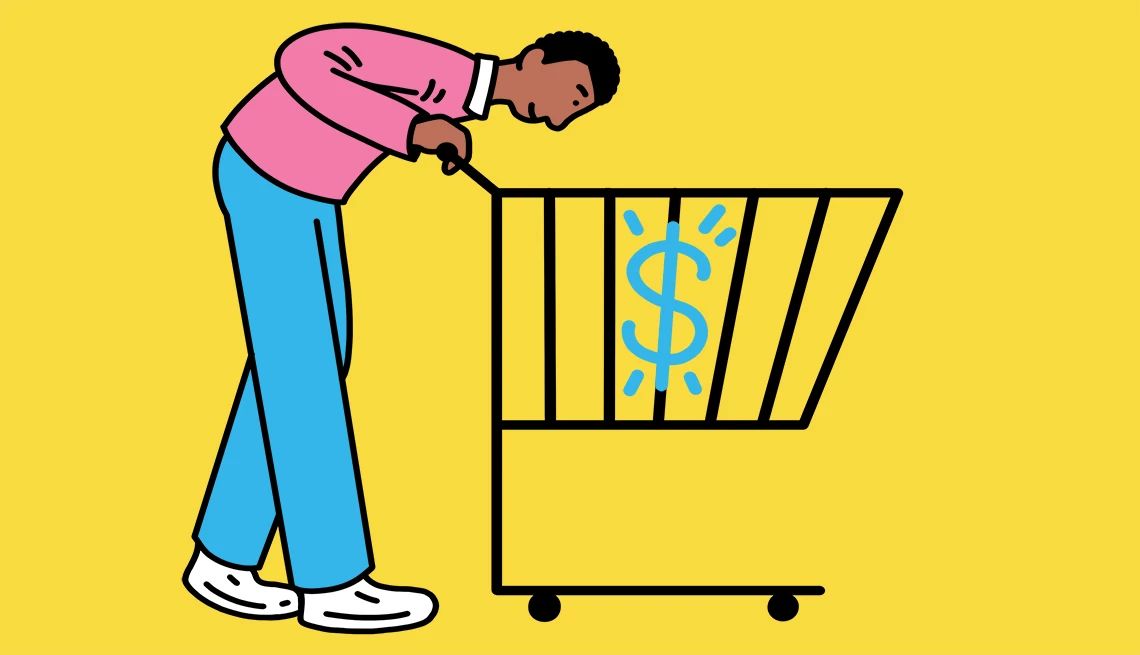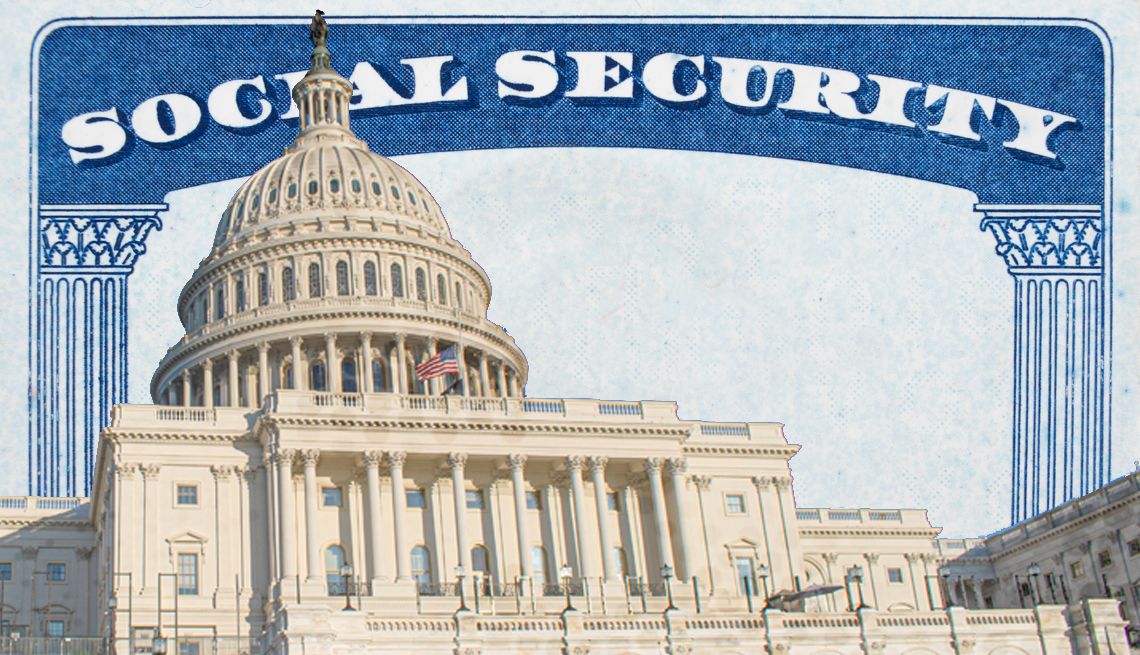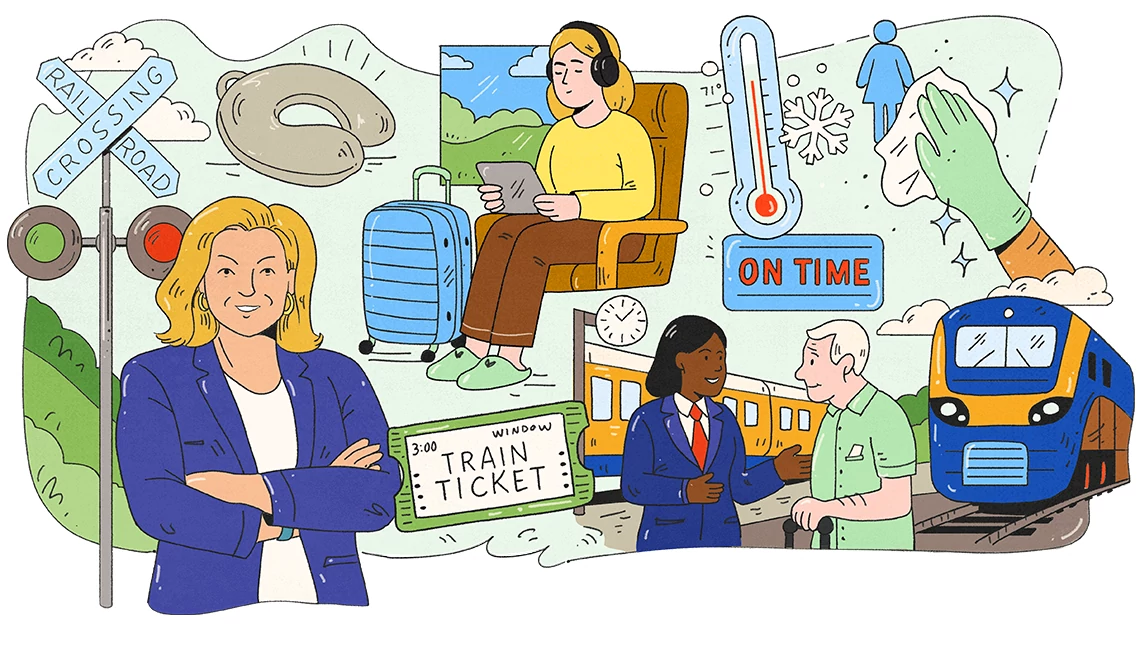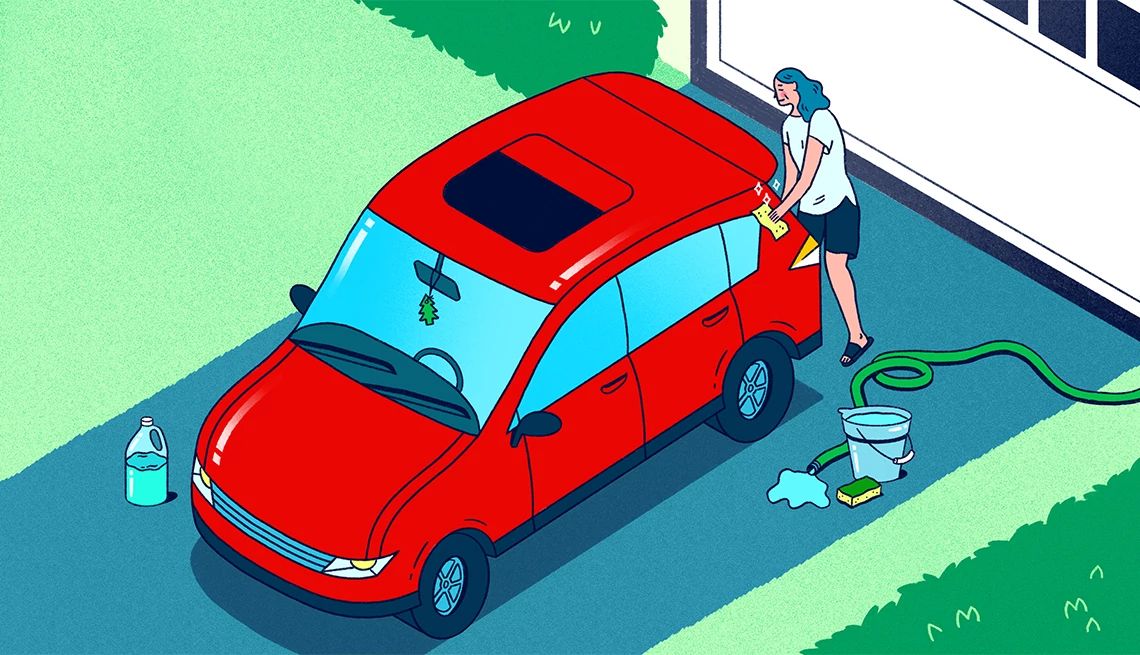AARP Hearing Center
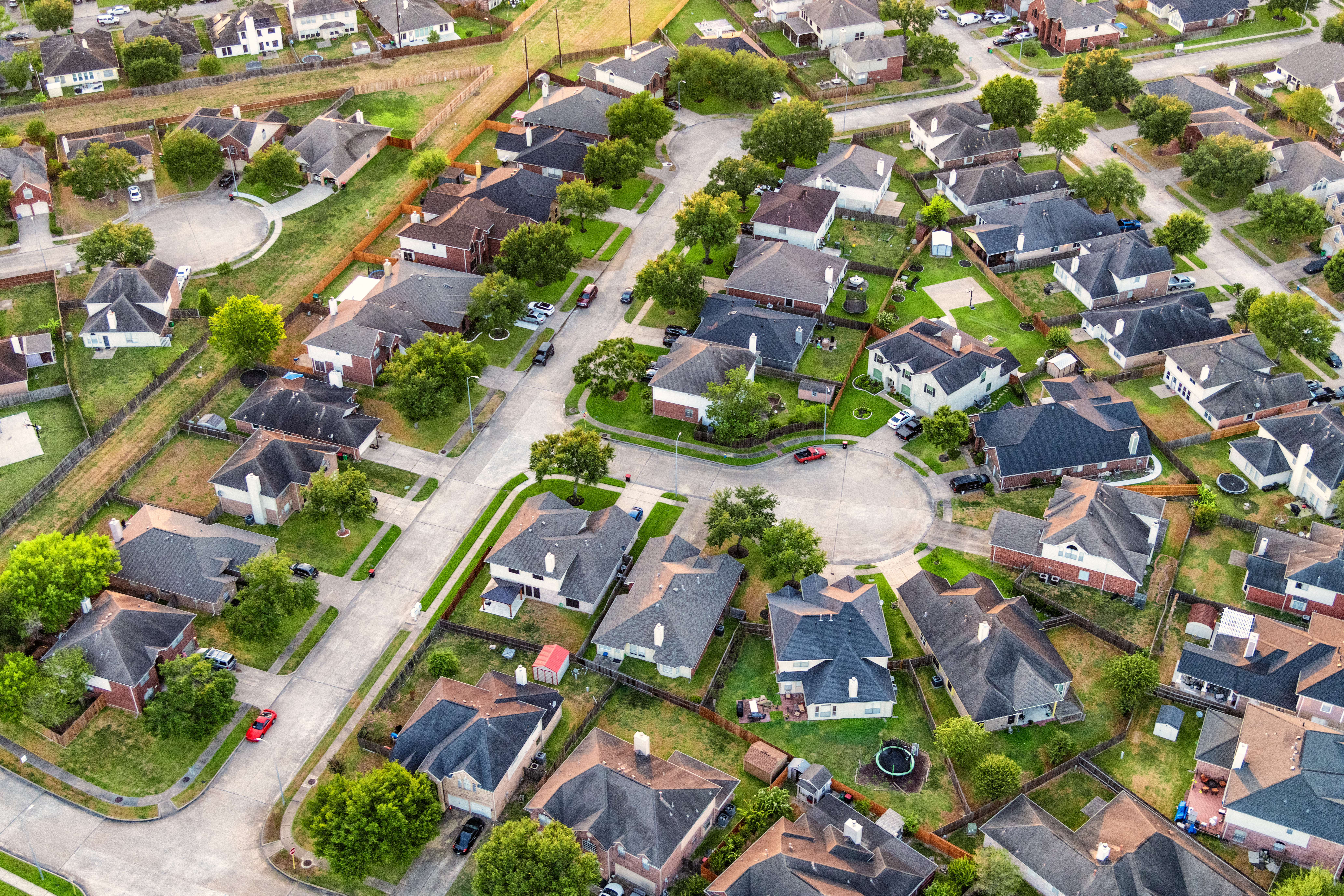
Two years ago, Ray Spreen and his wife started seeing surprising increases in homeowners insurance costs for their house in Bellaire, in the Houston metro area. The premium went up 22 percent in 2023 and 39 percent in 2024.
But when it shot up 78 percent this year, Spreen asked his insurance agent what was going on. Their response: storms in recent years — including Hurricane Beryl and a derecho, both occurring in 2024 — had caused a lot of damage. Even though Spreen, 74, had never filed a claim, the carrier had to raise rates across the board.
Spreen, a retired commercial project director for an engineering and construction firm, shopped around and eventually found a less expensive policy with lower deductibles. But, he says, “I suspect I’ll have to go through the same exercise again in a year.”
The average homeowners insurance premium in the state climbed about 57 percent from 2015 to 2023, state data shows.
The factors driving higher rates include the growing number and severity of storms and other weather events, rising costs of materials and labor, and increasing home values, according to the Texas Office of Public Insurance Counsel, a state agency that represents the interests of consumers. In 2024, the National Oceanic and Atmospheric Administration reported that Texas had 16 severe storms with total losses of about $45 billion.
“A thunderstorm that used to produce a lot of rain and maybe some minor damage ... is taking roofs off [now], which are many, many thousands of dollars to repair,” says Charles Cascio, senior associate state director of advocacy and outreach for AARP Texas.
AARP is concerned about the rise in homeowners insurance rates and the ability of Texans to secure coverage.
Earlier this year, it advocated for a bill that would require insurers to inform Texas homeowners in writing of the reasons a policy was declined, canceled or not renewed, as well as provide the Texas Department of Insurance with quarterly reports on such decisions broken down by ZIP code.
“It’s a very important transparency measure because it could be something simple ... that [a person] can fix in order to get coverage,” says state Sen. Mayes Middleton (R-Galveston), who authored the bill.
Currently, the insurance code requires these companies to let consumers know only if they ask, and many Texans are not aware of this right, according to the insurance department. The department agrees with the concept in the bill and included the proposed change in a set of recommendations it issued to the state Legislature last year.
Quarterly reports that show denials, cancellations and non-renewals by ZIP code would also allow policymakers to see “if there are trends where people are having a hard time getting coverage ... [and] figure out ways to fix that,” Middleton says.
The insurance department also recommended that lawmakers look for ways to mitigate the cost of building homes that are more resilient to severe weather — and thus may be less expensive to insure.
Another bill under consideration in the 2025 session would allow the Texas Department of Insurance to oversee a grant program to prepare homes for windstorm and hail events. But if money goes to improving homes and roofs, it’s important to ensure homeowners see lower premiums on their windstorm insurance, which is also skyrocketing, says Middleton, who supports the bill.
In the background of all the conversations about legislation, says AARP’s Cascio, is that “everyone wants to be sure that insurers don’t pull out of the state and stop offering coverage.”
Major insurance carriers have pulled out of Florida and California in recent years because it became too costly to insure homes in the disaster-prone states. Cascio notes that has not happened in Texas, but people are worried it could.
Homeowners in many states across the country saw big increases in insurance premiums in recent years, including in Florida, California, Colorado, Arizona, Nebraska and Utah, according to an S&P Global Market Intelligence report. It is a widespread issue, and no state has really gotten a handle on how to keep homeowners insurance affordable, Cascio says.
A 2024 survey by Claim Guide, an insurance research group, found that nearly a quarter of U.S. homeowners felt they should offset rising insurance premiums by spending less on groceries, medications, travel and other expenses.
Although researchers haven’t looked into how homeowner spending is affected in Texas specifically, it would make sense that Texans are making sacrifices to be able to cover their rising insurance costs, says Daniel Oney, research director at the Texas Real Estate Research Center at Texas A&M University.
Older Texans may be especially affected by hikes in homeowners insurance costs. They tend to be on fixed incomes, making them vulnerable to rapid rate increases, Oney notes. They are also more likely to no longer have a mortgage that requires them to keep insurance, he adds. If they drop coverage and a disaster happens, he says, they may not be able to rebuild.
Carina Storrs, a New York–based journalist, covers aging, health policy, infectious disease and other issues.
- Surprising Claims Covered By Your Homeowner's Insurance Policy
- How to Speed Up a Home Insurance Claim After a Fire, Flood or Other Disaster
- 6 Key Things to Know About Flood Insurance











